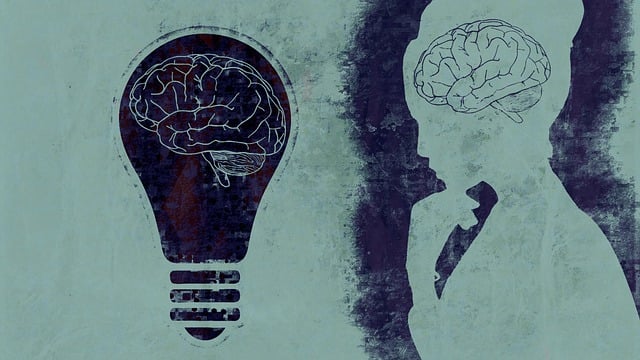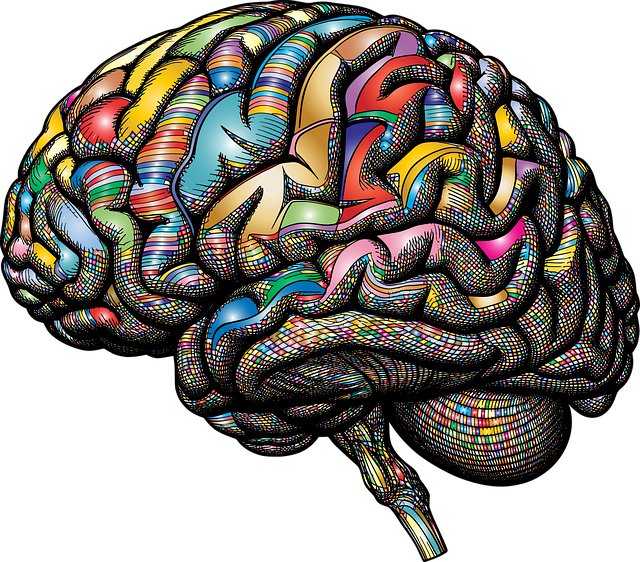Understanding mental health data in Greenwood Village requires recognizing diverse data sources and collection methods, with Dissociative Disorder Therapy centers playing a leading role. Therapists utilize patient evaluations, clinical interviews, questionnaires, and self-report measures to gather insights into symptoms, severity, and treatment responses. Burnout prevention strategies, compassion cultivation practices, and mindfulness meditation are crucial for maintaining therapist well-being and enhancing empathy. Greenwood Village's innovative case study approach to mental health care, particularly effective for dissociative disorders, combines quantitative data with qualitative methods to develop holistic strategies. Future advancements may include AI-driven personalized treatment plans and digital self-care tools.
Mental health data analysis has emerged as a powerful tool for understanding complex psychological phenomena. This article explores various aspects of this field, from understanding mental health data through collection and sources to the unique perspective of dissociative disorder in analysis. We delve into effective techniques for interpreting trends, using Greenwood Village Dissociative Disorder Therapy as a case study. Additionally, we discuss practical implications and future directions in mental health data interpretation, emphasizing the importance of evidence-based practices.
- Understanding Mental Health Data: Collection and Sources
- The Role of Dissociative Disorder in Data Analysis
- Techniques for Interpreting Mental Health Trends
- Greenwood Village Therapy: A Case Study Approach
- Practical Implications and Future Directions in Data Interpretation
Understanding Mental Health Data: Collection and Sources

Understanding Mental Health Data involves recognizing the diverse sources and methods through which it is collected. In Greenwood Village, Dissociative Disorder Therapy centers often lead the way in gathering detailed information about an individual’s mental health status. This data can stem from patient evaluations, clinical interviews, structured questionnaires, and self-report measures. Each source offers unique insights, contributing to a comprehensive understanding of symptoms, severity, and treatment responses.
Healthcare providers play a pivotal role in this process, employing tools like the Burnout Prevention Strategies for Healthcare Providers to maintain their well-being while gathering data. Compassion Cultivation Practices and Mindfulness Meditation have also emerged as valuable techniques to enhance empathy, reduce stress, and improve overall mental health outcomes, all of which are crucial aspects when interpreting patient data in Greenwood Village and beyond.
The Role of Dissociative Disorder in Data Analysis

Dissociative Disorder, a complex mental health condition often overlooked, plays a significant yet unconventional role in data analysis. This disorder, characterized by a disruption in one’s sense of identity and reality, can provide unique insights when studied through the lens of therapy sessions in Greenwood Village. Therapists specializing in Dissociative Disorder employ various techniques to help individuals integrate their fragmented experiences, offering a wealth of data on human behavior and emotional responses. By understanding how clients navigate their dissociation, therapists gain valuable information about coping mechanisms, stress triggers, and patterns of thought, all of which contribute to a comprehensive dataset for analysis.
The study of Dissociative Disorder can enhance the field of mental health research by revealing correlations between traumatic experiences, dissociation, and subsequent emotional responses. This knowledge is pivotal in developing effective Emotional Well-being Promotion Techniques that cater to individuals with dissociative tendencies. Moreover, Mind Over Matter Principles and Compassion Cultivation Practices, often integrated into therapy for Dissociative Disorder, can be adapted to broader mental health contexts, fostering a deeper understanding of self-regulation and empathy.
Techniques for Interpreting Mental Health Trends

In the realm of mental health data analysis, interpreting trends requires a nuanced approach to effectively support individuals dealing with complex issues like dissociative disorders. Techniques such as pattern recognition and statistical analysis are instrumental in identifying recurring mental health patterns within populations or specific demographics, including those seeking therapy in Greenwood Village. For instance, analyzing trends can highlight peak times when individuals with dissociative disorders tend to seek treatment, offering insights into potential triggers and societal factors contributing to their mental health challenges.
By combining quantitative data with qualitative methods, professionals can gain deeper empathy building strategies. This holistic approach, often enhanced by trauma support services, allows for the development of tailored self-care routine interventions. For example, understanding trends in symptoms like detachment or amnesia can lead to more targeted therapy approaches and improved patient outcomes. This is particularly relevant when considering the unique needs of clients navigating dissociative disorders, where a comprehensive understanding of their mental health landscape is key to providing effective care.
Greenwood Village Therapy: A Case Study Approach

Greenwood Village Therapy offers a unique and innovative approach to mental health treatment, with a focus on dissociative disorder therapy. This case study-based model is designed to delve deep into the complex nature of mental health issues, particularly for individuals struggling with dissociation. By studying individual cases, therapists gain insights that enable them to tailor their strategies effectively.
Through this method, Greenwood Village not only enhances depression prevention and stress management but also boosts confidence in affected patients. The therapy sessions are meticulously structured to address the specific needs of each client, ensuring personalized care. This case study approach has proven to be a game-changer in mental health data analysis, providing valuable insights into effective treatment modalities for various conditions, including dissociative disorders.
Practical Implications and Future Directions in Data Interpretation

The interpretation of mental health data holds immense practical value for therapists and healthcare providers, offering a window into patient trends and individual needs. By analyzing patterns in symptoms, treatment responses, and demographic factors, professionals can tailor interventions more effectively. For instance, in Greenwood Village, Dissociative Disorder Therapy could benefit from data-driven insights to design targeted support systems. Identifying common triggers and coping mechanisms can enhance traditional treatments, making them more accessible and beneficial for diverse patient populations.
Looking ahead, the future of mental health data interpretation lies in integrating innovative techniques and technologies. This may include leveraging artificial intelligence to predict outcomes and personalize treatment plans, as well as developing digital tools that promote self-care practices and stress management workshops within communities. By fostering a culture of continuous learning and adaptation based on data, mental health services can evolve to meet the changing needs of individuals seeking support, such as those participating in conflict resolution techniques to improve their overall well-being.
Mental health data analysis is a complex yet essential process, as evidenced by the diverse techniques discussed. Incorporating case studies, such as Greenwood Village Dissociative Disorder Therapy, offers valuable insights into interpreting trends and identifying patterns within mental health datasets. As we move forward, advancing data collection methods and promoting integrated care approaches will enhance our understanding of mental health issues, ultimately leading to more effective interventions and improved patient outcomes.












